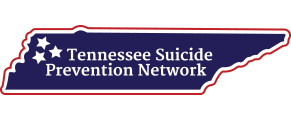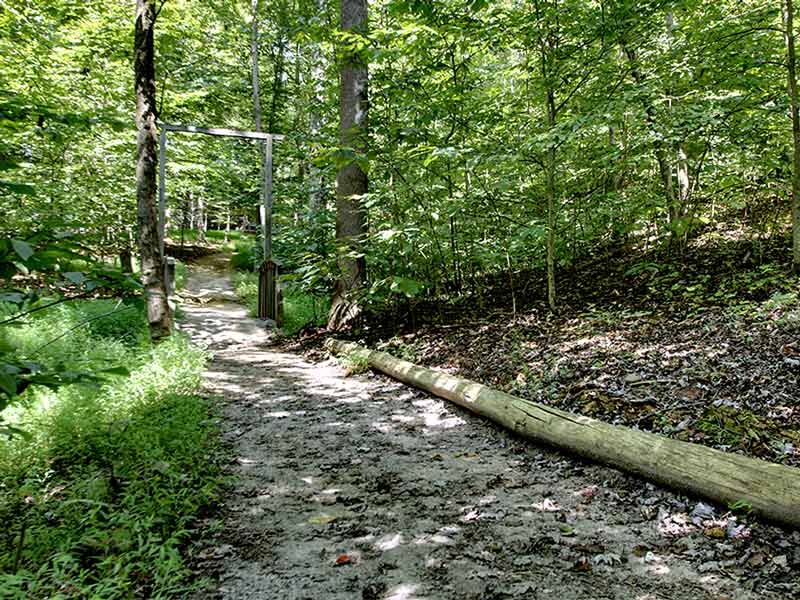No one experiences marijuana abuse the same way as someone else. Understanding the signs, symptoms and side effects of marijuana abuse is a key component toward starting the recovery journey.
Understanding Marijuana Abuse
Learn about marijuana abuse and substance abuse
Marijuana, also called “pot,” “weed,” and “grass,” is a dried and shredded mixture of the leaves, stems, and seeds that come from the hemp plant Cannabis sativa. The primary mind-altering chemical that produces the effects associated with marijuana use is called delta-9-tetrahydrocannabinol, or as it’s more commonly known, THC.
Marijuana can be used in many ways. Most commonly, teens roll the shredded dried mixture into “joints,” or marijuana cigarettes, and smoke them. Others will smoke pot by using a glass water pipe, or “bong,” or a regular glass pipe. When marijuana is inhaled, this illegal substance produces mind-altering effects. THC, the psychoactive component of marijuana, passes through the lungs and into the bloodstream. When this happens, the cannabinoid receptors in the areas of the brain that influence pleasure, thinking, memory, sensory perception, concentration, time perception, and movement become over-stimulated, leading to feelings of intoxication.
Growing in popularity, another way to abuse pot are “edibles,” or marijuana baked into foods. This allows for a similar, more laid back high achieved without inhaling the harsh smoke produced by smoking weed. While edible marijuana is growing in popularity, marijuana is absorbed more slowly when ingested in food or drink. When an adolescent or teen is high on pot, they may have distorted perceptions, impaired coordination, and difficulties thinking and problem solving, as well as distorted learning and memory.
Marijuana is becoming increasingly potent, meaning that the amount of THC in a bag of weed is becoming stronger and stronger. First-time users may experience increasing amounts of adverse effects. Contrary to popular belief, marijuana is an addictive substance that leads to consequences the longer it is abused.
Statistics
Marijuana abuse statistics
Marijuana is the most commonly used illicit drug in the United States – over 94 million people in the United States have admitted using marijuana at least once. Daily marijuana usage has increased over the years among 8th, 10th, and 12thgraders. In 2010 it was estimated that 21.4% of high school seniors admitted to smoking pot in the previous 30 days. Girls and boys reported similar usage rates, with 10.1% of boys and 9.7% percent of girls between the ages of 12 and 17.
Many people who use marijuana become addicted. Approximately 17% of individuals who smoked pot before the age of 12 become addicted and are among 25% to 50% of daily users.
According to the Drug Enforcement Administration (DEA), an enormous percentage of those arrested for crimes test positive for marijuana. After alcohol, marijuana is the second most frequently found substance in the bodies of the drivers involved in fatal car accidents.
Causes and Risk Factors
Causes and risk factors for marijuana abuse
It’s thought that addiction is the result of a number of factors working together simultaneously, instead of just one particular cause. The causes for marijuana addiction may include the following:
Genetic: It’s been well-established that individuals who have a relative – especially a first-degree relative, such as a parent or sibling – with a past or present addiction problem are at greater risk for developing an addiction themselves. This means that should an adolescent decide to start using pot, they have a greater risk for developing an addiction to it.
Physical: Most individuals who abuse drugs do so to increase the levels of certain pleasure-releasing neurotransmitters in the brain, such as dopamine. After prolonged drug abuse it changes the structure and function of the brain, which prevents the brain from being able to naturally produce feelings of pleasure. This can lead to individuals continuing to abuse drugs and the development of an addiction.
Environmental: Individuals who begin to abuse drugs at younger ages are more prone to develop an addiction in later life. Many of these individuals begin to use marijuana as the first drug of abuse and may go on to develop addictions to other, harsher drugs, such as heroin or cocaine.
Risk Factors:
- Being male – boys are twice as likely as girls to develop addiction
- Having a mental illness, such as depression, ADHD, or other illnesses
- Peer pressure
- Addiction potential of the substance abused
- High levels of stress
Signs and Symptoms
Signs and symptoms of marijuana abuse
The symptoms of marijuana abuse and addiction will vary wildly among teens depending on length of usage, amount of pot used, usage of other drugs, and frequency of use. Some of the most common symptoms of marijuana use and abuse include:
Behavioral Symptoms:
- Euphoria
- Relaxation
- Agitation
- Irritability
- Drug-seeking behaviors
- Disorganization
- Appearing spaced-out
- Increasingly disheveled appearance
- Loss of interest in once-pleasurable activities
- Changing friend groups
- Engaging in risky behaviors
- Decreased inhibitions
- Legal problems
- Decreased occupational or scholastic achievements
Physical Symptoms:
- Red, bloodshot eyes
- Appearing intoxicated
- Glassy eyes
- Physical dependence
- Tachycardia
- Impaired coordination
- Sleepiness
- Extreme hunger – “the munchies”
- Heart attack
Cognitive Symptoms:
- Memory loss
- Challenges in problem solving
- Disrupted learning abilities
- Distorted time perception
- Distorted sensory perception
Psychosocial Symptoms:
- Worsening of emotional wellbeing
- Depression
- Anxiety
- Hallucinations or delusions
- Paranoia
Effects
Effects of marijuana abuse
The long-term effects of long-term marijuana use and abuse can lead to a number of negative consequences in a teen’s life. The long-term effects will vary depending upon the length of time a teen has been abusing marijuana, frequency of use, personal characteristics, and presence of other substance addictions. It is never too late to seek treatment as common negative effects include:
- Car accidents
- Job loss
- Increased risk for certain types of cancer
- Dropping out of school
- Worsening of memory loss
- Brain damage
- Legal problems
- Increased lung infections
- Incarceration
- Addiction to other substances
- Broken interpersonal relationships
Overdose & Withdrawal Effects
Effects of marijuana overdose and withdrawal
Overdosing from marijuana is extremely unlikely, however, there are a number of dreadful symptoms that too much marijuana can cause if used in large quantities:
- Panic attacks
- Extreme anxiety
- Psychosis – loss of touch with reality
- Paranoia
- Injury to self or others due to pot’s effects on judgment, perception, and coordination
The effects of withdrawal from marijuana addiction are very similar to the symptoms that an individual will experience when they quit smoking. Withdrawal effects from weed may include the following:
- Craving
- Irritability
- Anxiety
- Insomnia
Co-Occurring Disorders
Marijuana abuse and co-occurring disorders
There are a number of disorders that occur with marijuana abuse and addiction. These co-occurring disorders include:
- Bipolar disorder
- Conduct disorder
- Schizophrenia
- Depressive disorders
- Anxiety disorders
- Additional substance abuse
- Alcoholism











